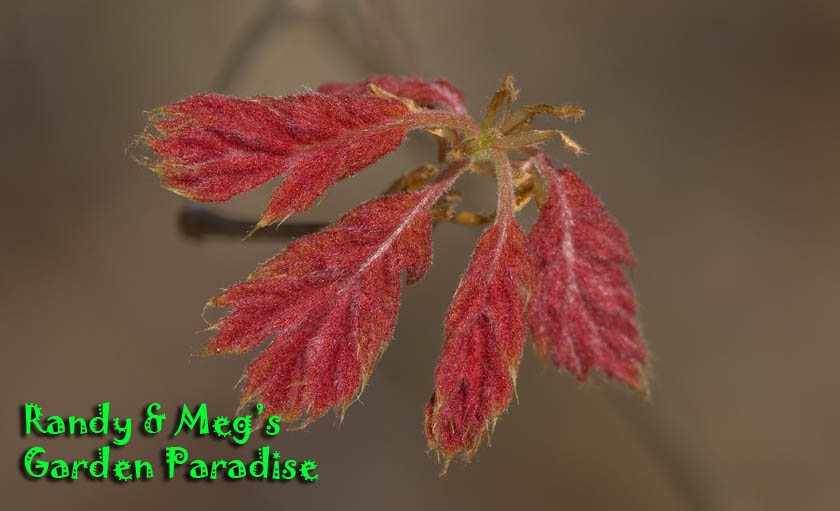


Currently my feed is down as I switched to feedburner, good idea not too sure about it.
I just love to find these dragonflies and damselflies in the natural habitat. I have found 42 species of them here at my little pond. Here are some samples from my pond and a small ( I do mean small) bonus!
At top right is a pair of Amber-winged Spreadwings in tandem. The female is ovapositing eggs into the plant stem. The male holds her head so she can mate with him. This photo was taken from waders in 2 foot of water in my pond with a tripod. I sweat ed and waited out this photos for over an hour. They were never even slightly disturbed.
Next we have a Common Green Darner that was emerging in my pond at about 11 pm. Too hard to shoot outside so I brought it in and shot a series of photos as it emerged, using a blue sheet for a background.
The Common Green Darner is pumping up its wings, not quite ready to fly off.
Now for your bonus! These sprites (damselflies) are so tiny I'm sure I spent years wading through them without ever noticing them. They are about 3/4 inches long and blend into the grass very well.
The first one is a female Southern Sprite perched on a reed.
The last one is a pair of Sphagnum Sprites in a "wheel" mated. Telling these sprites apart is not the easiest thing to do. Also to photograph these sprites like this one has to nearly lay down in a bog to shoot them.






































